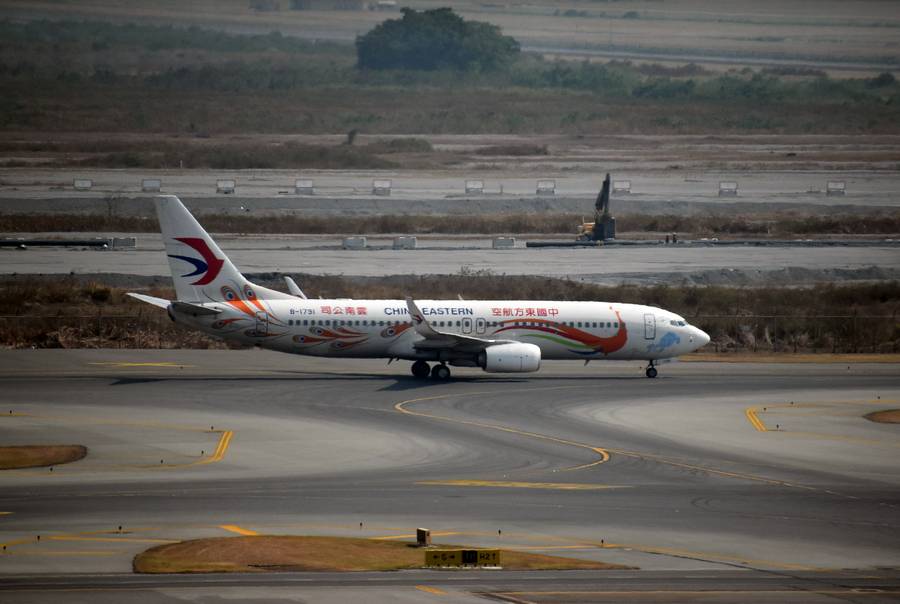Investigators of the China Eastern 737 crash may need outside help to read the Cockpit Voice Recorder because of damage to its memory chip.
More details are emerging about the tragic loss of a China Eastern Boeing 737-800, on the 21st of March. The aircraft was still in cruise, when it appeared to dive into the ground. However, it soon emerged that the aircraft briefly pulled out of the dive. But it then resumed its extremely rapid descent, impacting the terrain. Search and rescue teams have not found any survivors. Previous flights began their descent in approximately the same position where the plane started its dive.

The crash involves China Eastern flight MU-5735, from Kunming Changshui International (ZPPP) to Guangzhou Baiyun International (ZGGG) in China. There were 123 passengers and 9 crew on board. There were three pilots in the cockpit, the third being there for training and familiarization purposes. Some news outlets have named these pilots. However, CAAC (Civil Aviation Authority of China) doesn’t appear to have done so officially. CAAC only published their flight hours.
Finding the cockpit voice recorder (CVR) and flight data recorder (FDR) is a priority in any such event. Search and rescue crews found the CVR of the China Eastern flight in the crash site. Initially, the damage on the device’s exterior was such that investigators couldn’t tell if it was the CVR or FDR. Later, they determined that it is the CVR, adding that its storage unit looks intact.

CVR In The China Eastern Crash
But looks can be deceiving. On the 25th of March, CAAC announced that there is damage to the CVR’s memory chip. And in such instances, Honeywell, the CVR’s manufacturer, recommends that investigators send the device to them, for repair. Therefore, investigators could not go into more detail about when they would next try to download the CVR’s data.

The search for the China Eastern 737’s second “black box” continues, investigators now searching further away from the crash site. We already saw that some parts of the aircraft ended up some distance away from the main crash. Investigators identified one such part, about 1.3×0.1 metres (4.25’ × 3.9”) in size, approximately 14 kilometres (8.7 miles) away. However, investigators don’t yet know if the separation of this part from the aircraft came before or after the dive.
Other than such parts, the debris in the main China Eastern crash site only covers a 30-metre (100-foot) radius. Also, there is a second crash site, about 245 metres away. The crater of the first crash site is 20 metres (66 feet) deep. It appears that the second site is smaller. The parts that investigators have found so far include the main landing gear and engine components. Finally, China Eastern announced that the aircraft in the crash had no history of repairs to its “pickle forks”.

A mine has recently developed much of the land around the crash. One of the cameras that captured the aircraft’s dive to the ground was on the mine’s premises. Hopefully, investigators will find the flight data recorder and be able to recover its data, along with the CVR’s. Typically, investigators publish a preliminary report with factual accident information, a month after each accident.




2 comments
Ernest Phelps
Being 8.7 mi from the crash site COULDN’T be after the crash.
Kris
Doesn’t a distance of some 8 miles suggest that the acft was not whole on impact as a scenario where a piece would just bounce that far is far fetched
Now is there any photos or mention of what these pieces far away look like?
Now if say.part of tail-this accident could possibly be explained.
Knowing the mass and shape (flat or chunk) would allow for estimation of where it broke off.
At a minimum some breakup likely happened at altitude.
Any more info on this remote site???